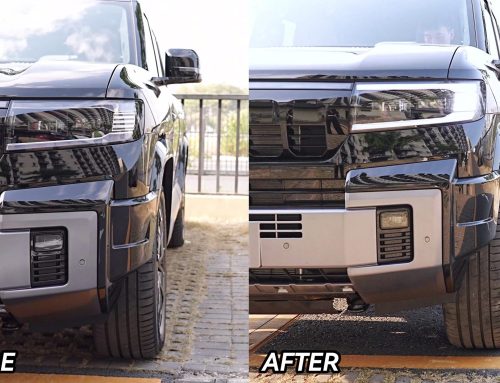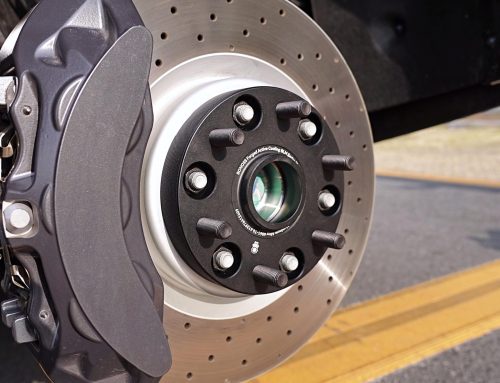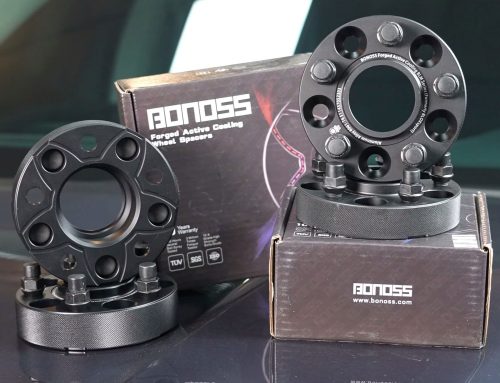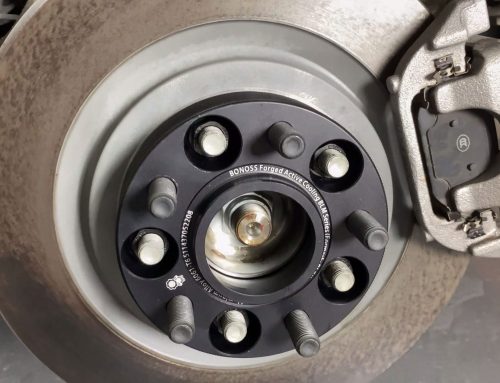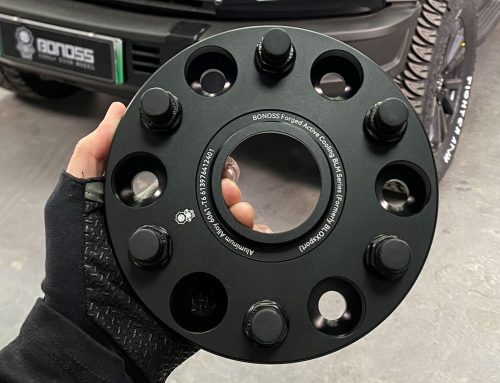For most Nissan car enthusiasts, wheel spacers are the easiest way to get perfect fitment from their wheels and tires. Among the more popular ones are 350z wheel spacers, 370z wheel spacers, Nissan Frontier wheel spacers, Nissan Titan wheel spacers and more. The factory wheel setup of most Nissan cars tends to be pushed slightly inwards which makes your car look like a quite big space between the wheel and arch. This, actually, doesn’t create a sportier and more flush appearance. Besides, if you add bigger tires, you may meet rubbing issues. By pushing the wheels and tires slightly outward, the Nissan spacers allow you to safely fit wider tires on your existing wheels or upgrade to bigger brake calipers without rubbing against the frame, axle, or other suspension components. This is highly beneficial for cars’ performance because larger wheels and performance brakes can be installed without problems. In other words, upgrading with wheel spacers directly affects and improves performance, traction, and off-roading capabilities.
Are Nissan Hub Centric Wheel Spacers Better?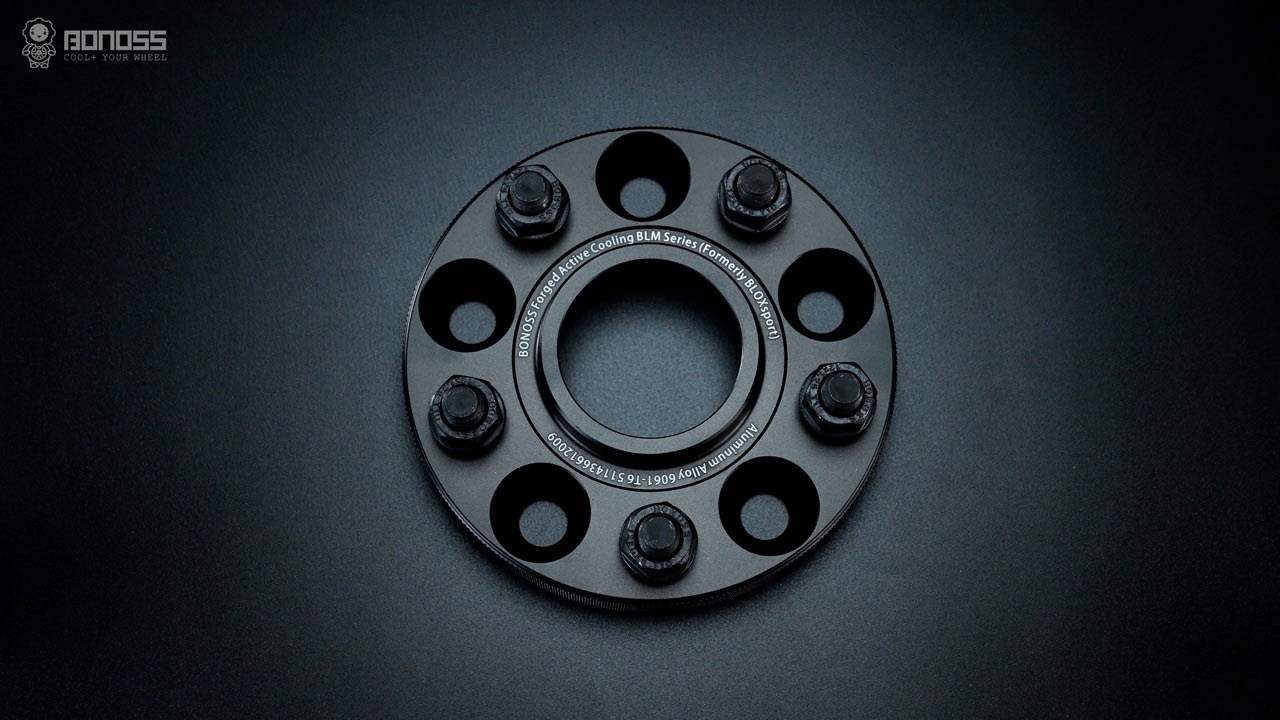
The Nissan hub-centric wheel spacers are centered by the center bore of the wheel and the hub flange. They usually come with a hub-centric ring which is made to the size of the axis of a particular car. The connection is called hub-centric because of wheel links with the axle hub and centers. Basically, hub-centric wheel spacers are better than lug-centric wheel spacers. In hub-centric design, the wheels are centered by the hub connection and the lugs can hold it flush against the mounting plate. This allows the wheel to support the vehicle’s weight and fill the remaining space for a more tightly fit, reducing vibration. Another benefit of using hub-centric spacers is the conversion ability to install aftermarket rims with bigger hub diameter on your Nissan cars properly. Since the vehicle hubs are designed to fit on specific-make wheels, if you would like to add lug-centric wheels, you will need conversion hub-centric wheel spacers. In this case, hub-centric spacers come to the aid of the proper installation. They have different outer and inner diameters in size to fit the hub to the required size, which exactly corresponds to the axle. This allows the wheels to be properly mounted and accurately balanced.
What are These Nissan 5×114.3 Wheel Spacers Made Of?
The vast majority of Nissan wheel spacers in the market are composed of steel or aluminum alloy. Specifically, the 6061-T6 aluminum weighs significantly less than steel and provides ample strength for its intended use. Its better performance variant 7075-T6 aluminum provides higher strength and lighter weight than the 6061-T6. This material is more suitable for performance cars. When talking about safe wheel spacers for Nissan 350z/370z/400z, material selection can be very important. Both forged 6061-T6 and 7075-T6 feature good hardness and toughness, excellent corrosion resistance, and wear resistance characteristics. Since the wheel studs and lug nuts use a clamping force to secure the spacers and wheels. If the studs or lug nuts are not strong enough to support this force, they will likely be bent by road impacts. The provided wheel studs of BONOSS Nissan wheel spacers are made of high-strength forged SCM440 alloy steel. They have achieved ISO standard grade 12.9, tensile strength≥1,220Mpa, ultimate tensile load≥152,000N, hardness (HV)≥395, NSS≥500H. With higher strength, your Nissan wheel spacers can bear more force without breaking.

How to Choose The Best Thickness Nissan 350z/370z Wheel Spacers?
With Nissan hub-centric wheel spacers, you don’t have to spend a large budget on aftermarket wheels while improving the appearance of your vehicle. Their thicknesses vary from about 1/8″ all the way up to 2″ or more. If you intend to make your 350z/370z look sportier and more noticeable without changing wheels, then the thickness will be determined by the distance from the edge of the fender to the face of the tire. Here is a simple method to measure the wheel gap of your 350z/370z: preparing a straight edge metal ruler, place the straight edge on the outermost part of the rims where the wheel comes closest to the fender (preferably the top), then, measure from the outside wheel to the straight edge. This distance is the size spacer you will need to achieve the look that flushes or nearly flushes with the fender. If it is the offset problems of aftermarket wheels, then you need some calculation. Given an example, the ideal ET is 30. With an ET55 offset rim, you can put in a 25mm spacer to meet fitment.

